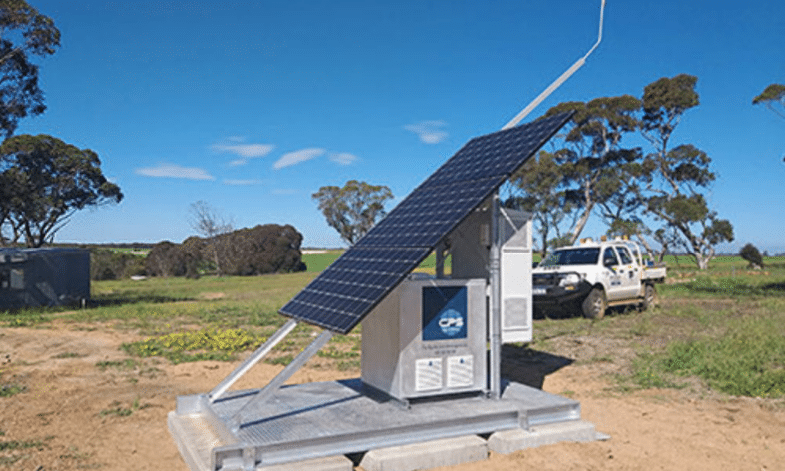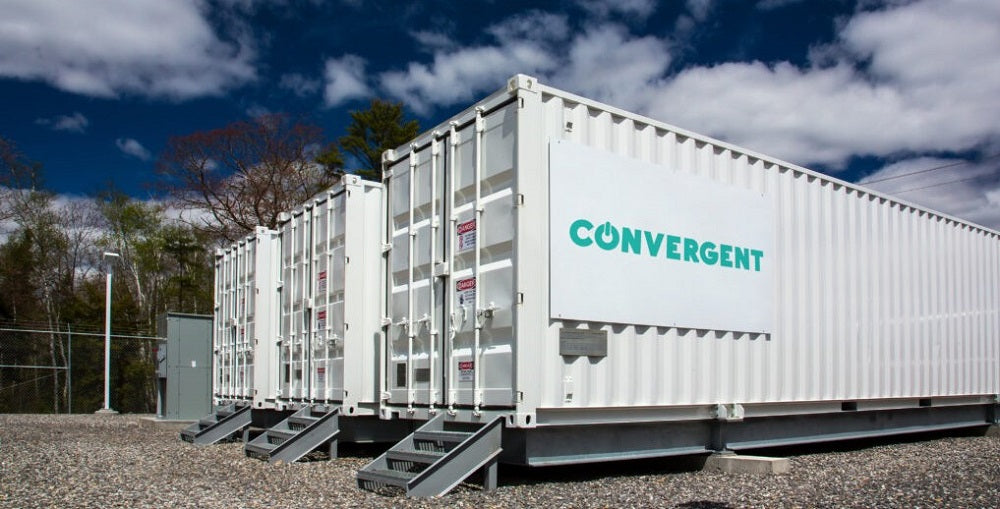https://www.pv-magazine-australia.com/2022/05/25/gallium-doping-and-solar-cell-degradation/

Gallium doped cell fabricated at UNSW in Australia. Scientists in Germany exposed gallium doped cells to light and heat, looking to better understand their long-term performance properties.
University of New South Wales
From pv magazine Global
Silicon PV cell manufacturers have been quick to adopt gallium doping, as it offers a solution to the light-induced degradation phenomenon caused by interactions between oxygen and the boron that was until recently the more common choice for dopant material.
The rapid switch to gallium, however, raises further questions about how gallium will interact with other materials present in the cell and other module components, and how other known degradation mechanisms such as light-elevated temperature induced degradation (LETID) might be affected.
This was the focus for researchers led by Germany’s Institute for Solar Energy Research Hamelin (ISFH). They fabricated gallium doped silicon solar cells and subjected them to one-sun illumination at a variety of different temperatures, to better understand how their long-term performance might be affected in the field.
The experiments, in which cells were illuminated while placed on a hotplate at temperatures between 80 C and 160 C for up to 1,400 hours, revealed LETID-related degradation, though to a much lesser extent than in most boron-doped PV cells. The effect is described in full in “Light and elevated temperature induced degradation and recovery of gallium-doped Czochralski-silicon solar cells,” which was recently published in Scientific Reports.
High-temperature illumination
The group found that those cells exposed to higher temperatures lost the most performance – from absolute efficiency losses of 0.15% in a cell left at 80 C, to 0.4% for one at 140 C.
“The activation of a bulk defect is responsible for the observed LeTID effect on the Ga-doped Cz-Si solar cells,” the researchers said. “In our recent lifetime study we ascribed this effect to hydrogen, which diffuses into the silicon bulk during the firing step.”
Once they had reached maximum degradation, cells were placed under lower conditions of 0.5 sun illumination and a temperature of 44 C, which was shown to begin a temporary regeneration cycle after just 15 minutes, and when exposed again to higher temperatures this improved even further.
The group was able to demonstrate regeneration to 0.2% (absolute) more than the cell’s initial efficiency, after around five hours exposed to one-sun illumination at 140 C. This was also shown to partly deactivate the defect causing the losses, and in subsequent testing the LETID losses to the cells were almost halved.
“Stable solar cell efficiencies above 22% were measured after regeneration,” the group concluded. “Meaning that within the uncertainty range of the efficiency measurement, the developed cells on Ga-doped Cz-Si can be classified ‘long-term stable’ after regeneration.”
This content is protected by copyright and may not be reused. If you want to cooperate with us and would like to reuse some of our content, please contact: editors@pv-magazine.com.
<




